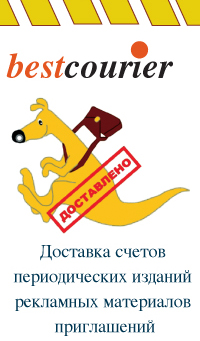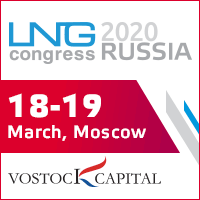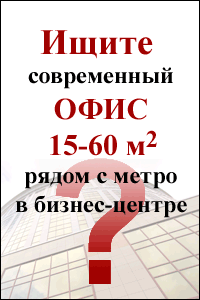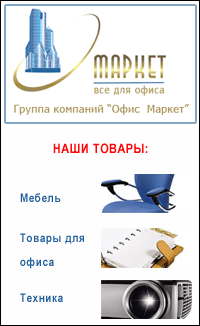Russian leaders’ most preferable lettered economic recovery models

Top Russian government officials directly involved in the daily management of the local financial market are divided on their views of the best recovery models for the economy. For instance, President Dmitry Medvedev, like the other leaders of countries seriously hit by the current crisis such as the United States, United Kingdom, France, Germany and Japan, is a fan of the V model, Alexei Ulyukaev, the first deputy chairman of the nation’s Central Bank, supports the U model, while the traditionally ‘pessimistic’ finance minister, Alexei Kudrin, sees the W model as the most probable recovery scenario for Russia. The Economic Development Ministry’s top officials favor the L model, evident from the prognosis of Andrei Klepach, the deputy economics minister, who had said that it was most unlikely to see economic growth of 4-5% in Russia over the next decade.
Unlike most other top Russian government officials, it would seem at first sight that Prime Minister Vladimir Putin is not a big fan of these alphabetically lettered recovery models. However, going by his figurative descriptions of his desired and/or most probable scenarios for Russian economic recovery and successful exit from the current crisis, one can come to an unequivocal conclusion that he prefers the L or W recovery models. “The exit from the present crisis will not be easy and, consequently, various variations of economic recovery are possible,” he said. Such view is completely in harmony with the W model. On another occasion, Putin noted that though the peak of the current crisis is already behind, a full recovery from it will require lots of time, efforts and financial resources. “Therefore, Russia, and indeed, the rest of the world, will continue to feel impacts of ‘the braking distance’ of the current recession at least in the first and second quarters of this year.” This view clearly falls under the L model jurisdiction.
“Unlike most other top Russian government officials, it would seem at first sight that prime minister is not a big fan of these alphabetically lettered recovery models. However, his figurative descriptions of his desired exit scenarios show that he favors the L or W recovery models.”
These officials have different premises for reaching their decisions on their most probable recovery models for the national economy. For instance, Ulyukaev argues that unlike the 1998 crisis that came amidst transformational decline, and hence reacted positively to the traditional ‘textbook remedial measures’ such as the devaluation of the local currency to a generate a V recovery, this current crisis, caused by excessive growth, poor regulations, etc cannot be expected to follow the same recovery scenario. “Crisis resulting from a decline means lots of resources remains underutilized in the economy, while a crisis resulting from fast and sustained growth means that such resources have been overstretched. In the first case, devaluation is a solution, but a poor remedy in the second case,” he added. “This is why it is particularly important to acknowledge that the exit from this crisis will not be swift as in the V model, but drawn out as envisaged by the U model.”
In proposing his view, Kudrin noted that the economy is still at the very beginning of recovery, a situation that does not fully exclude development of future events according to the worst-case scenarios. “This is because after seeing these promising signs of recovery, there is still a stark possibility of relapse in major indices, which is much in line with the W scenario,” he noted.












 Web design,
Web design,